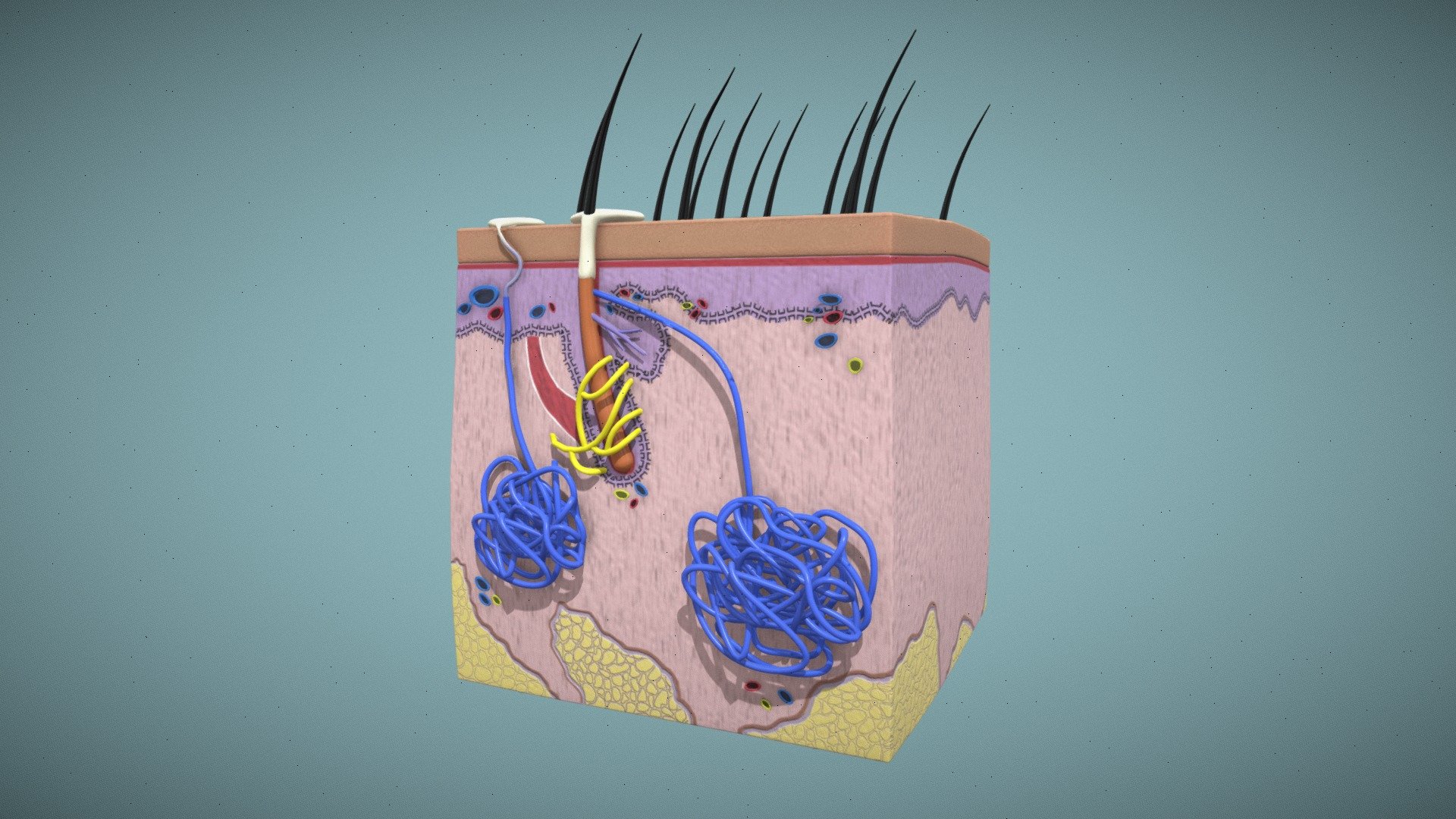Ever Wondered Why You Sweat?

Maybe you’ve worried about sweating too much at the gym or felt self-conscious about damp underarms during a big meeting. It’s easy to see sweat as just an inconvenience—but your sweat glands are working hard behind the scenes to keep you healthy every single day.
In fact, without sweat glands, your body would quickly overheat and struggle to get rid of certain waste products. Let’s clear up some common myths, understand how sweat glands really work, and learn simple ways to support them.
What Do Sweat Glands Actually Do?
Imagine your sweat glands as your body’s built-in air conditioning system. When your body temperature rises—whether from exercise, hot weather, or even stress—these tiny glands start pumping out sweat. As the sweat evaporates from your skin, it cools you down, just like a fan blowing over a cold drink. But that’s not all: sweat also helps remove small amounts of waste, like salt and certain toxins, which your kidneys and liver can’t handle alone.
Your skin has two main types of sweat glands: eccrine glands (found all over your body) and apocrine glands (mainly in your armpits and groin). Eccrine glands are the real MVPs for cooling you down, while apocrine glands become active during puberty and are linked to body odor because they release sweat mixed with proteins and fats.
3 Common Sweat Gland Problems—and Why They Happen
- Excessive Sweating (Hyperhidrosis): Some people sweat much more than needed, even when they’re not hot or exercising. This can be caused by overactive nerves that trigger the sweat glands, sometimes due to stress, genetics, or certain medical conditions. If ignored, it can lead to skin irritation, embarrassment, and impact your daily activities.
- Blocked Sweat Glands (Heat Rash): When sweat ducts get clogged—often by tight clothing, heavy lotions, or hot, humid weather—sweat gets trapped under the skin. This causes small, itchy bumps or blisters, commonly called heat rash. If you don’t address it, the area can become sore or even infected.
- Infected Sweat Glands (Hidradenitis Suppurativa): Sometimes, sweat glands (especially apocrine glands) become inflamed or infected. This leads to painful lumps, swelling, and sometimes pus under your skin. If left untreated, the problem can worsen, leading to scarring or more serious skin infections.
Sweat Gland Myths: What’s Fact and What’s Fiction?
- Myth: “Sweating means you’re out of shape or unhealthy.”
Truth: Actually, sweating is a sign your body’s cooling system is working! Fit people may even sweat sooner during exercise because their bodies are more efficient.
Why this myth is harmful: It can make people embarrassed or afraid to exercise, when sweating is both normal and healthy. - Myth: “You need to detox with special products because sweat alone isn’t enough.”
Truth: Your sweat glands and organs already remove waste naturally. No pricey detox required!
Why this myth is misleading: It encourages unnecessary spending and distracts from simple, effective self-care.
6 Simple Ways to Support Your Sweat Glands
- Wear Loose, Breathable Clothing. This helps sweat evaporate quickly, keeping your skin dry and less likely to develop heat rash. Choose cotton or moisture-wicking fabrics, especially in hot weather or during exercise. Aim to dress this way daily, especially when active.
- Stay Well Hydrated. Drinking enough water helps your body produce sweat and cool down efficiently. When you’re dehydrated, your cooling system struggles. Try to drink water regularly throughout the day—about 8 cups is a good place to start.
- Shower After Sweating. Cleaning your skin removes sweat, bacteria, and any blockages, reducing your risk of irritation or infection. Take a quick shower after workouts, yard work, or any time you’ve been sweating heavily.
- Limit Heavy Creams and Oils. Thick products can clog your sweat ducts and trap sweat under the skin. Use lighter lotions, especially in hot climates, and avoid applying them right before activity. Make this part of your daily skin routine.
- Manage Stress in Healthy Ways. Emotional stress can trigger sweat, especially from apocrine glands. Practice deep breathing, take walks, or try journaling to keep stress in check. Even five minutes a day can make a difference.
- Keep Your Skin Cool. Use fans, take cool showers, or stay in the shade to lower your body temperature and reduce unnecessary sweating. This is especially helpful during summer or after physical activity.
Warning Signs It’s Time to Talk to a Doctor
- Sudden Changes in Sweating. If you suddenly sweat much more or less than usual, it could signal an underlying illness. Delaying care may allow a serious problem—like thyroid issues or infections—to worsen.
- Persistent, Painful Lumps Under the Skin. Painful, swollen bumps that don’t go away could mean your sweat glands are infected. Waiting may lead to scarring or more severe infections.
- Unexplained Fever or Red, Swollen Skin. If you have a fever with redness, swelling, or warmth around a sweat gland area, it could mean a serious infection. Ignoring it might allow the infection to spread.
Daily Check-In: Are You Helping Your Sweat Glands?
- ☐ Am I wearing loose, comfortable clothing?
- ☐ Did I drink enough water today?
- ☐ Have I showered after sweating?
- ☐ Did I use light, non-greasy lotions?
- ☐ Am I managing my stress in healthy ways?
Investing in Your Everyday Comfort and Health
Your sweat glands are more than just a source of sweat—they’re a vital part of your body’s natural cooling and cleaning system. Support them with simple, daily habits: stay hydrated, keep your skin clean and cool, and don’t be afraid of a little sweat. Remember, sweating is a sign your body is protecting you!
By understanding how your sweat glands work and caring for them, you’re investing in your comfort, confidence, and overall well-being. Every drop counts—so let’s keep those cooling systems running strong!